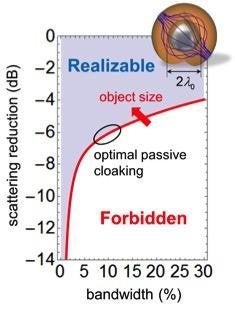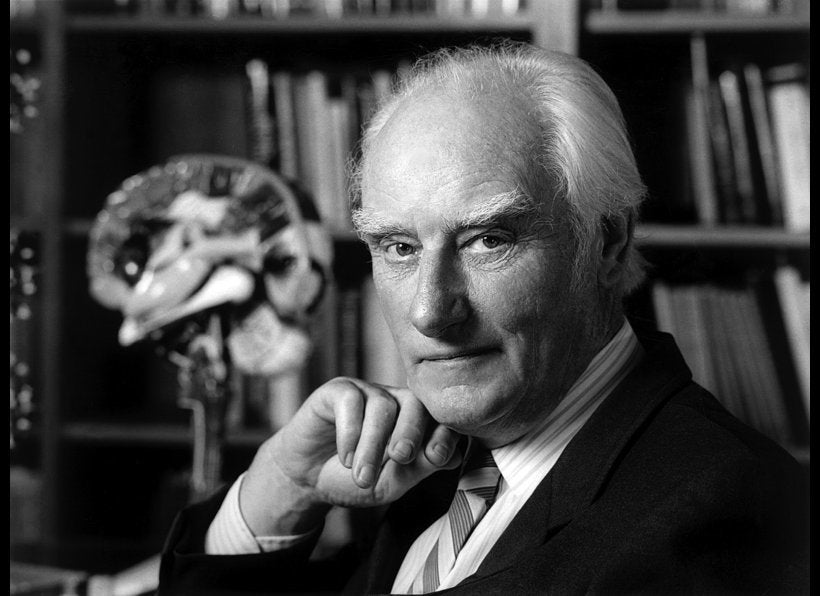Researchers are crushing our Harry Potter dreams.
A new study reveals that there's a fundamental limit to the efficacy of cloaking devices (i.e. invisibility cloaks). Because, well, physics.
Despite modern technology, it's not possible to hide objects containing different wavelengths -- objects like human bodies.
"The question is, 'Can we make a passive cloak that makes human-scale objects invisible?'" said lead researcher Andrea Alù, an electrical and computer engineering professor at the University of Texas at Austin. "It turns out that there are stringent constraints in coating an object with a passive material and making it look as if the object were not there, for an arbitrary incoming wave and observation point."
Those "passive materials" are things like metamaterials, which can bend or absorb light without drawing energy from an external power source. They're the material cloaks are made from. Researchers have been testing the cloaking properties of metamaterials since at least 2006 but no functional cloaking device exists -- yet.
The problem is that the bigger the object to be hidden, the harder it is to "cloak" it. That's because cloaking requires hiding the object from visible light waves, which are much shorter than radio waves.
In other words, humans are too damn big to render invisible.
It may be possible, however, to create invisibility cloaks that can hide small objects for a specific electromagnetic wavelength -- such as visible light or radio waves. The shorter the wavelength, the easier it is to cover.
"For objects comparable in size to the wavelength that excites them (a typical radio-wave antenna, for example, or the tip of some optical microscopy tools), the derived bounds show that you can do something useful," said researcher Francesco Monticone, a co-author on the paper.

Just last year, researchers announced they had developed an “ultrathin invisibility skin cloak for visible light.” The cloak they created was able to cover an object and — by manipulating certain wavelengths of light — render it invisible, according to Time.
The upside to the revelation that a human invisibility cloak is impossible is that the researchers can now look into different ways to exceed the limits, now that they've set them.
"Our group and others have been exploring active and nonlinear cloaking techniques, for which these limits do not apply," said Monticone.
"Alternatively, we can aim for looser forms of invisibility," he said -- for example, making objects harder to see or detect without necessarily blocking all visible light waves. That could involve "camouflaging techniques, or other optical tricks that give the impression of transparency, without actually reducing the overall scattering of light," he said.
So they're not saying, "The world is on its way to making its own Deathly Hallows," but they're also not saying, "Human invisibility will never happen."
"Even with active cloaks, Einstein's theory of relativity fundamentally limits the ultimate performance for invisibility," said Alù. "Yet, with new concepts and designs, such as active and nonlinear metamaterials, it is possible to move forward in the quest for transparency and invisibility."
Here's hoping their future studies figure it all out. Think of all the things you could do while invisible!
Excuse us, we have some brainstorming to do.

